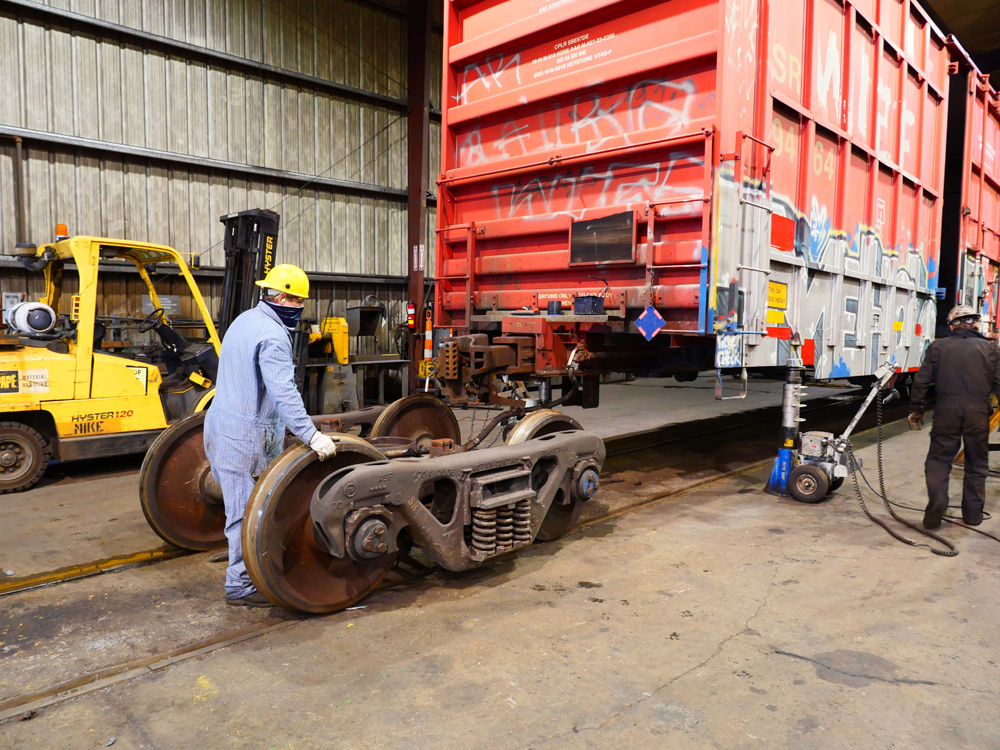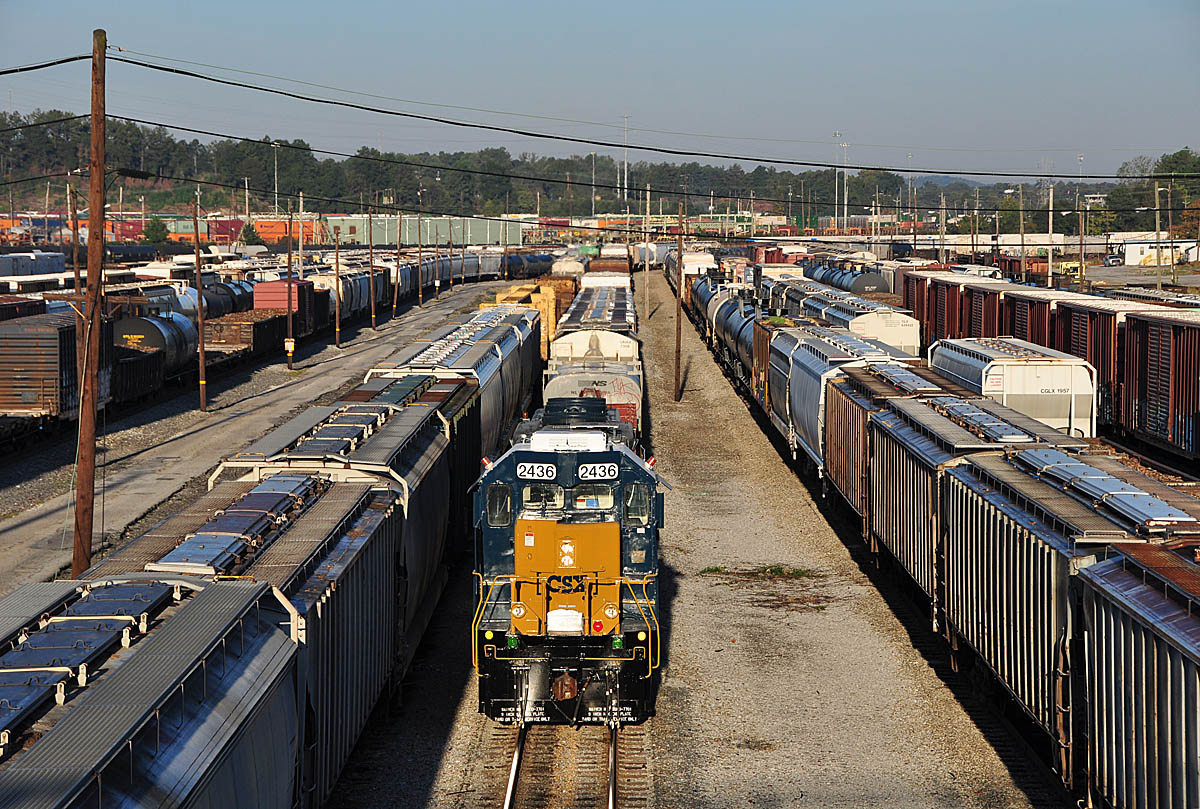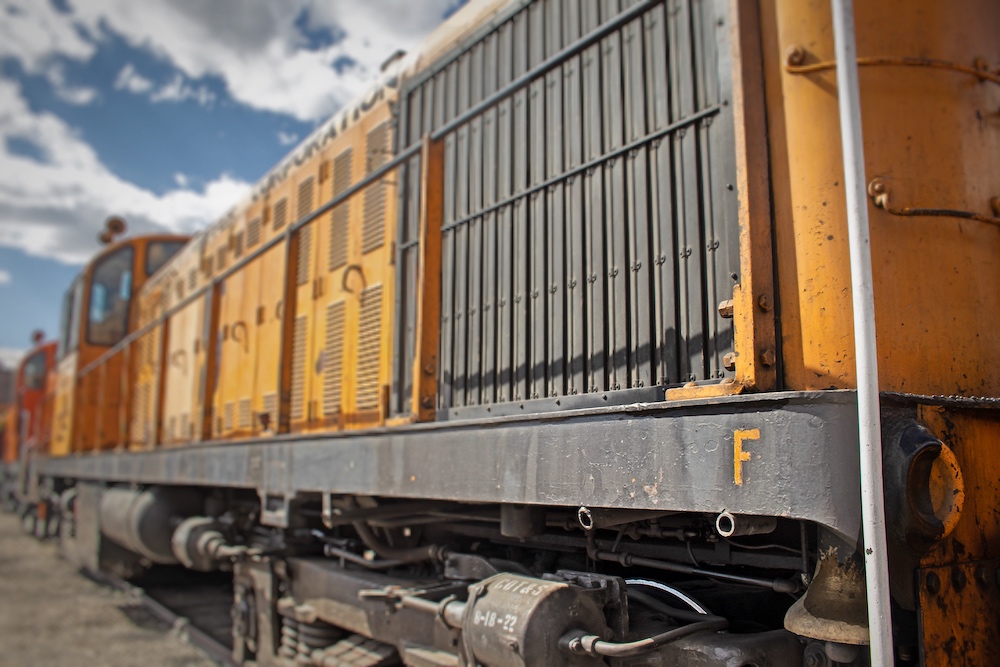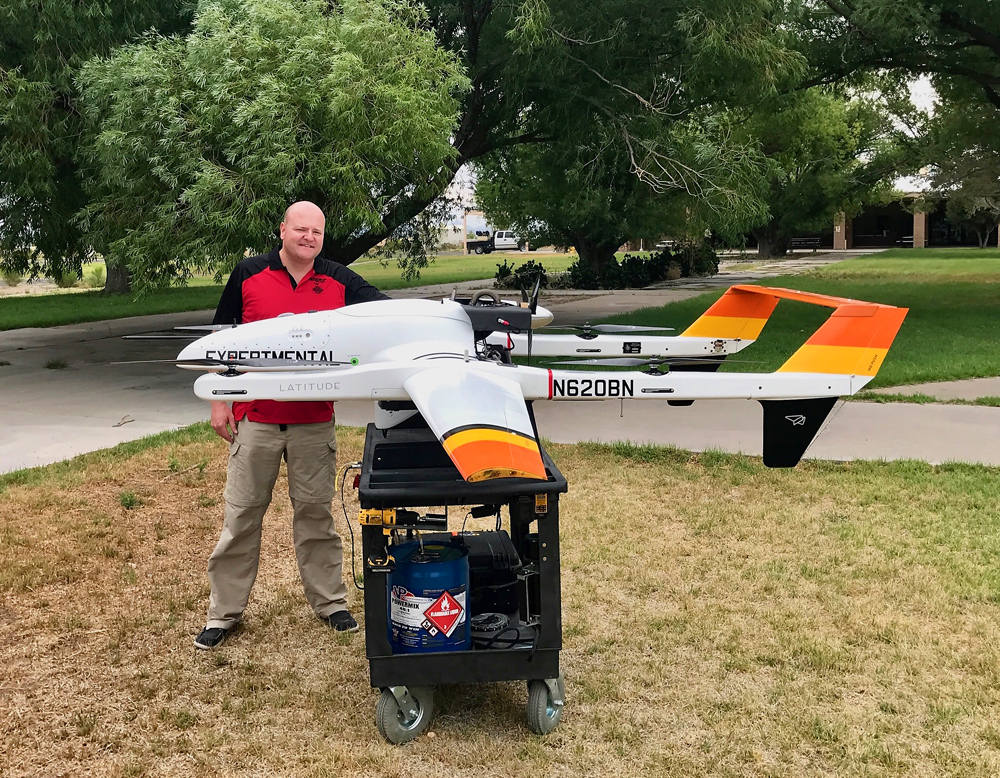Freight car wheels

As railroads have developed and embraced emerging technology, the design of railcar wheelsets has remained the same for the past century. The amount of engineering that has gone into the development of wheelsets ensures a high level of safety every day. Here are five interesting things that may surprise you about how wheels stay on the correct side of the rails.
No. 1: All about angles
Most standard railcars used on North American railroads use wheels affixed to a straight axle allowing them to move simultaneously. Railroad wheels employ a special design in which the surface of the wheel is not completely flat. The wheel has a curved design to it and a wheel flange to keep the axle within the gauge of the tracks. The design of the wheelset and the rail allow the wheels to self-center while rolling, which also allows them to maneuver curves while maintaining rail adhesion and roadbed centering. Some types of transit may use a different design on the wheels, flanges, and rail, but those systems may not necessarily be interchangeable with North American freight railroads.
No 2: Wheel size and overall height
Depending on the railcar’s size, wheelset diameters may vary. The standard set by the International Union of Railways is 36 inches. Some railcars may be equipped with smaller diameter wheels like auto racks utilizing 28-inch diameter wheels to reduce the overall height of the railcar.
No. 3: Small surface contact — good and bad
The contact point of a steel wheel to the rail on any given car is the equivalent to the size of a dime, or under one square inch per wheel. That limited surface contact is how heavy trains are moved with low result from friction or drag by the rail contact. This feature can also limit or impact braking and stopping.
No. 4: Small room for wear and defects
Given the amount of wear and tear on railcars, routine inspections are performed by railroad personnel. Some trackside detection units will alert a train if there is a defect to the train from warm wheel bearings. A wheel impact detector searches for wheels with flat spots from steel wheels sliding on the rail for a significant distance.
No. 5: Axles and weight
Axles are mated up in a railroad “truck” that is comprised of two or three axles on larger load capacity cars. Those trucks are affixed to the railcar by riding on a kingpin that is attached to the railcar frame. Modern railcars have railroad trucks with the railcar’s identification number listed in case of a derailment. They can be used to place rail components to its respective car.
As technology has continued to develop, some of the ways that railroads keep trains moving in the right direction can be done with long-standing engineering and development from a century or more ago still in use today.
Check out similar articles in the ABCs of Railroading section on Trains.com.












